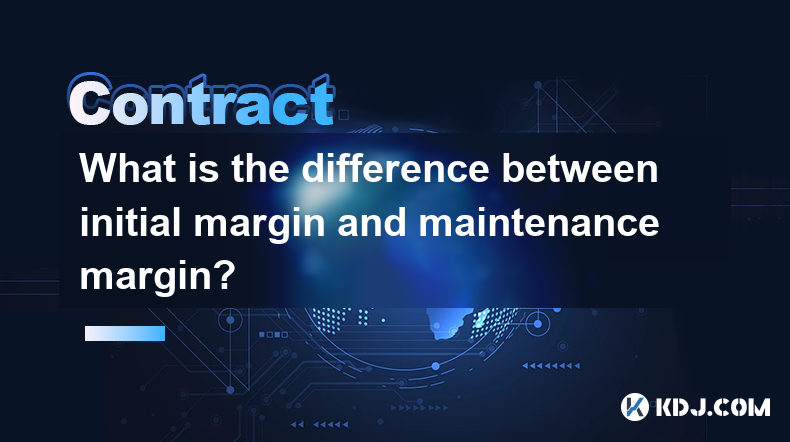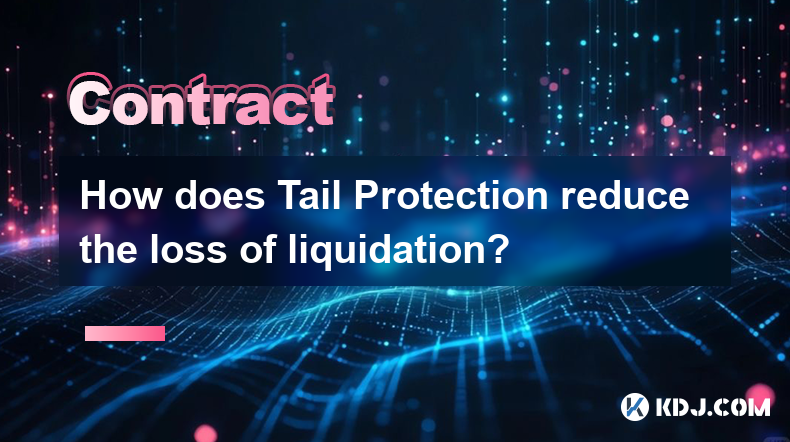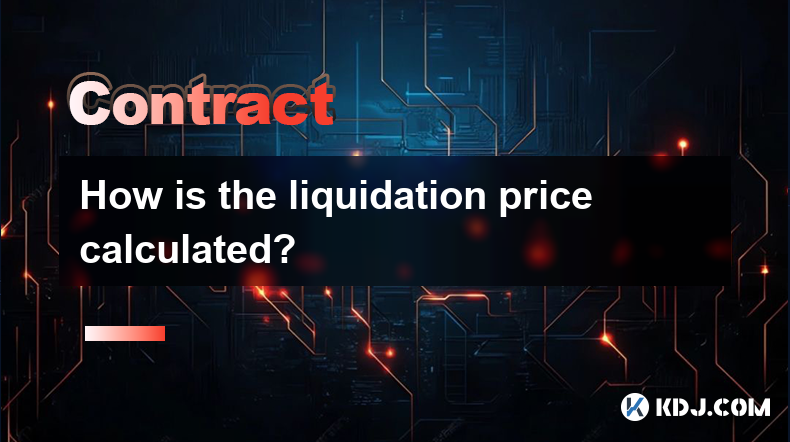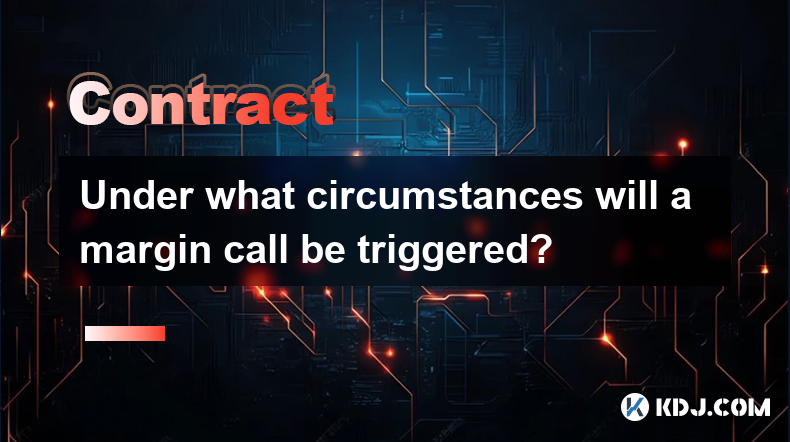-
 Bitcoin
Bitcoin $84,655.6797
1.84% -
 Ethereum
Ethereum $1,638.2069
4.51% -
 Tether USDt
Tether USDt $0.9995
0.00% -
 XRP
XRP $2.1285
5.77% -
 BNB
BNB $595.2684
1.49% -
 Solana
Solana $129.1530
7.51% -
 USDC
USDC $0.9999
-0.01% -
 Dogecoin
Dogecoin $0.1658
4.36% -
 TRON
TRON $0.2482
2.47% -
 Cardano
Cardano $0.6480
4.17% -
 UNUS SED LEO
UNUS SED LEO $9.3414
-0.53% -
 Chainlink
Chainlink $13.0482
3.43% -
 Avalanche
Avalanche $20.2950
5.30% -
 Stellar
Stellar $0.2452
5.80% -
 Toncoin
Toncoin $3.0180
1.99% -
 Sui
Sui $2.2916
4.56% -
 Shiba Inu
Shiba Inu $0.0...01256
4.22% -
 Hedera
Hedera $0.1711
2.66% -
 Bitcoin Cash
Bitcoin Cash $345.7661
11.04% -
 MANTRA
MANTRA $6.3308
-1.24% -
 Litecoin
Litecoin $78.4049
2.68% -
 Polkadot
Polkadot $3.6950
3.97% -
 Hyperliquid
Hyperliquid $16.1883
5.27% -
 Dai
Dai $1.0001
0.02% -
 Bitget Token
Bitget Token $4.3687
0.62% -
 Pi
Pi $0.7296
20.84% -
 Ethena USDe
Ethena USDe $0.9989
0.02% -
 Monero
Monero $206.1586
1.51% -
 Uniswap
Uniswap $5.5276
5.12% -
 OKB
OKB $53.5408
0.54%
What is the difference between initial margin and maintenance margin?
Initial margin is needed to open a crypto trading position, while maintenance margin keeps it open; both are crucial for managing risk and leverage in margin trading.
Apr 11, 2025 at 01:14 pm

In the world of cryptocurrency trading, understanding the concepts of initial margin and maintenance margin is crucial for managing risk and maximizing potential returns. These terms are fundamental to margin trading, a practice that allows traders to borrow funds to increase their trading position. Let's delve into the differences between initial margin and maintenance margin, and explore how they function within the crypto trading ecosystem.
What is Initial Margin?
Initial margin is the amount of capital that a trader must deposit with a broker to open a margin trading position. This deposit acts as a security for the loan provided by the broker, which enables the trader to leverage their position. The initial margin requirement is set as a percentage of the total value of the position. For example, if a trader wants to open a position worth $10,000 and the initial margin requirement is 10%, the trader must deposit $1,000.
The initial margin serves as a buffer against potential losses. It ensures that the trader has enough skin in the game to cover a portion of the risk associated with the leveraged position. Different cryptocurrency exchanges may have varying initial margin requirements, which can be influenced by factors such as market volatility and the specific cryptocurrency being traded.
What is Maintenance Margin?
Maintenance margin, on the other hand, is the minimum amount of equity that must be maintained in the margin account after the position is opened. This requirement is typically lower than the initial margin and is designed to protect both the trader and the broker from significant losses. If the account balance falls below the maintenance margin level due to market fluctuations, the trader will receive a margin call.
A margin call requires the trader to either deposit additional funds into the account or close part of the position to bring the account balance back above the maintenance margin level. Failure to meet a margin call can result in the broker liquidating the trader's position to recover the loaned funds. The maintenance margin requirement is also expressed as a percentage of the total position value, and like the initial margin, it can vary between exchanges and cryptocurrencies.
Key Differences Between Initial Margin and Maintenance Margin
The primary difference between initial margin and maintenance margin lies in their purpose and timing. Initial margin is required to open a margin trading position, while maintenance margin is necessary to keep the position open. The initial margin is typically higher than the maintenance margin, reflecting the increased risk at the outset of the trade.
Another key difference is the action required when these margins are not met. If a trader fails to meet the initial margin requirement, they cannot open the desired position. In contrast, failing to meet the maintenance margin requirement triggers a margin call, which can lead to forced liquidation if not addressed promptly.
How Initial and Maintenance Margins Affect Trading Strategies
Understanding the interplay between initial and maintenance margins is essential for developing effective trading strategies. Initial margin directly impacts the amount of leverage a trader can use. A higher initial margin requirement means less leverage, which can limit potential returns but also reduces risk. Conversely, a lower initial margin allows for greater leverage, increasing both potential gains and potential losses.
Maintenance margin influences how traders manage their positions over time. Traders must be aware of the maintenance margin level and monitor their account balance closely, especially in volatile markets. A sudden drop in the value of the cryptocurrency could quickly push the account below the maintenance margin, triggering a margin call. Traders need to have a plan in place to either add funds or reduce their position size to avoid liquidation.
Practical Example of Initial and Maintenance Margins in Crypto Trading
To illustrate how initial and maintenance margins work in practice, let's consider a hypothetical scenario involving Bitcoin trading on a cryptocurrency exchange.
- Suppose a trader wants to open a long position on Bitcoin worth $20,000.
- The exchange has an initial margin requirement of 20%, meaning the trader must deposit $4,000 to open the position.
- The maintenance margin requirement is set at 10%, which means the trader must maintain at least $2,000 in equity in the account.
If the value of Bitcoin drops, causing the account balance to fall below $2,000, the trader will receive a margin call. To meet the margin call, the trader can:
- Deposit additional funds to bring the account balance above $2,000.
- Close part of the position to reduce the total value and bring the account balance back above the maintenance margin level.
If the trader fails to meet the margin call, the exchange may liquidate the position to recover the loaned funds.
Calculating Initial and Maintenance Margins
Calculating the initial and maintenance margins is straightforward but requires attention to detail. Here's how to do it:
- Initial Margin Calculation: Multiply the total value of the position by the initial margin percentage. For example, if the position value is $50,000 and the initial margin requirement is 15%, the initial margin required is $50,000 * 0.15 = $7,500.
- Maintenance Margin Calculation: Multiply the total value of the position by the maintenance margin percentage. If the position value is $50,000 and the maintenance margin requirement is 10%, the maintenance margin required is $50,000 * 0.10 = $5,000.
Traders should always verify these calculations with the specific requirements of their chosen exchange, as these can vary.
Frequently Asked Questions
Q: Can the initial and maintenance margin requirements change over time?
A: Yes, exchanges can adjust their margin requirements based on market conditions, such as increased volatility or significant price movements. Traders should stay informed about any changes to these requirements to manage their positions effectively.
Q: What happens if a trader cannot meet a margin call?
A: If a trader cannot meet a margin call, the exchange may liquidate the trader's position to recover the loaned funds. This can result in significant losses for the trader, as the liquidation may occur at unfavorable market prices.
Q: How can traders minimize the risk of margin calls?
A: Traders can minimize the risk of margin calls by using less leverage, maintaining a buffer above the maintenance margin level, and closely monitoring their positions. Setting stop-loss orders can also help manage risk by automatically closing positions if the market moves against the trader.
Q: Are there any strategies to optimize the use of initial and maintenance margins?
A: Yes, traders can optimize their use of margins by carefully selecting their leverage based on their risk tolerance and market conditions. Additionally, diversifying their portfolio and using risk management tools like stop-loss orders can help manage the impact of margin requirements on their trading strategy.
Disclaimer:info@kdj.com
The information provided is not trading advice. kdj.com does not assume any responsibility for any investments made based on the information provided in this article. Cryptocurrencies are highly volatile and it is highly recommended that you invest with caution after thorough research!
If you believe that the content used on this website infringes your copyright, please contact us immediately (info@kdj.com) and we will delete it promptly.
- Shiba Inu (SHIB) Has Cemented Its Status as One of the Trendiest Meme Coins
- 2025-04-13 02:00:13
- MAGACOIN FINANCE (MGA) Is Buzzing—and It's One of the Best Cryptos to Buy Today
- 2025-04-13 02:00:13
- Once gushed over and tipped to usurp Bitcoin, Ethereum now faces what at least one analyst has dubbed a “midlife crisis.”
- 2025-04-13 01:55:14
- Sui (SUI), which is in the 17th position of cryptocurrencies, has been getting more attention recently
- 2025-04-13 01:55:14
- UXLINK Partners with Stanford to Shape the Future of Digital Currency
- 2025-04-13 01:55:13
- SUI Price Recovers Strongly from Recent Lows After Reclaiming the $2.18 Mark. The Price is Now Testing Resistance at $2.22
- 2025-04-13 01:55:13
Related knowledge

How does Tail Protection reduce the loss of liquidation?
Apr 11,2025 at 01:50am
Introduction to Tail Protection in CryptocurrencyTail Protection is a mechanism designed to mitigate the risks associated with liquidation in cryptocurrency trading. Liquidation occurs when a trader's position is forcibly closed by the exchange due to insufficient margin to cover potential losses. This often happens in leveraged trading, where traders b...

How to judge the market trend by the position volume?
Apr 11,2025 at 02:29pm
Understanding how to judge the market trend by position volume is crucial for any cryptocurrency trader. Position volume, which refers to the total number of open positions in a particular cryptocurrency, can provide valuable insights into market sentiment and potential price movements. By analyzing this data, traders can make more informed decisions ab...

Why does a perpetual contract have no expiration date?
Apr 09,2025 at 08:43pm
Perpetual contracts, also known as perpetual futures or perpetual swaps, are a type of derivative product that has gained significant popularity in the cryptocurrency market. Unlike traditional futures contracts, which have a fixed expiration date, perpetual contracts do not expire. This unique feature raises the question: why does a perpetual contract ...

How is the liquidation price calculated?
Apr 12,2025 at 01:35am
Introduction to Liquidation PriceLiquidation price is a critical concept in the world of cryptocurrency trading, particularly when dealing with leveraged positions. Understanding how this price is calculated is essential for traders to manage their risk effectively. The liquidation price is the point at which a trader's position is forcibly closed by th...

Under what circumstances will a margin call be triggered?
Apr 08,2025 at 02:43pm
Margin trading in the cryptocurrency market allows traders to borrow funds to increase their trading position, potentially amplifying both gains and losses. A critical aspect of margin trading is understanding when a margin call might be triggered, as it can significantly impact your trading strategy and financial health. In this article, we will explor...

What is the difference between initial margin and maintenance margin?
Apr 11,2025 at 01:14pm
In the world of cryptocurrency trading, understanding the concepts of initial margin and maintenance margin is crucial for managing risk and maximizing potential returns. These terms are fundamental to margin trading, a practice that allows traders to borrow funds to increase their trading position. Let's delve into the differences between initial margi...

How does Tail Protection reduce the loss of liquidation?
Apr 11,2025 at 01:50am
Introduction to Tail Protection in CryptocurrencyTail Protection is a mechanism designed to mitigate the risks associated with liquidation in cryptocurrency trading. Liquidation occurs when a trader's position is forcibly closed by the exchange due to insufficient margin to cover potential losses. This often happens in leveraged trading, where traders b...

How to judge the market trend by the position volume?
Apr 11,2025 at 02:29pm
Understanding how to judge the market trend by position volume is crucial for any cryptocurrency trader. Position volume, which refers to the total number of open positions in a particular cryptocurrency, can provide valuable insights into market sentiment and potential price movements. By analyzing this data, traders can make more informed decisions ab...

Why does a perpetual contract have no expiration date?
Apr 09,2025 at 08:43pm
Perpetual contracts, also known as perpetual futures or perpetual swaps, are a type of derivative product that has gained significant popularity in the cryptocurrency market. Unlike traditional futures contracts, which have a fixed expiration date, perpetual contracts do not expire. This unique feature raises the question: why does a perpetual contract ...

How is the liquidation price calculated?
Apr 12,2025 at 01:35am
Introduction to Liquidation PriceLiquidation price is a critical concept in the world of cryptocurrency trading, particularly when dealing with leveraged positions. Understanding how this price is calculated is essential for traders to manage their risk effectively. The liquidation price is the point at which a trader's position is forcibly closed by th...

Under what circumstances will a margin call be triggered?
Apr 08,2025 at 02:43pm
Margin trading in the cryptocurrency market allows traders to borrow funds to increase their trading position, potentially amplifying both gains and losses. A critical aspect of margin trading is understanding when a margin call might be triggered, as it can significantly impact your trading strategy and financial health. In this article, we will explor...

What is the difference between initial margin and maintenance margin?
Apr 11,2025 at 01:14pm
In the world of cryptocurrency trading, understanding the concepts of initial margin and maintenance margin is crucial for managing risk and maximizing potential returns. These terms are fundamental to margin trading, a practice that allows traders to borrow funds to increase their trading position. Let's delve into the differences between initial margi...
See all articles























































































